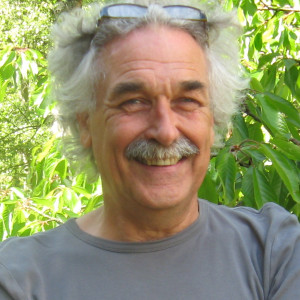Dr Gerard Klaver

From
Netherlands Institute of Applied Geoscience (TNO) - NL
In residence at
French Geological Survey (BRGM) - FR
Host scientist
Dr Philippe Negrel
PROJECT
Multi-criteria characterisation of groundwaters
The project addresses, in groundwaters, the identification of targeted compounds highlighting the occurrence of pollutants and the characterization of the origin of these pollutants, compared to natural sources, by using chemical and isotope tools. As pollutants may originate from various sources, it would be advantageous, in order to lessen the ambiguity, to have a “multi-tracer” approach (e.g. Bullen and Kendall, 1998) that assesses multiple characteristics of the pollutants. Some powerful examples of such an approach are the nitrogen, oxygen and co-migrant boron isotope “multi-tracer” method for determination of nitrate sources (Widory et al., 2005) or the sulphur, strontium, oxygen, deuterium approach in polluted megasites (Petelet-Giraud et al., 2007).
A first objective of the project is to investigate the potential use the Rare Earth Elements (REE) and more particularly the gadolinium anomaly that represents a good tracer of the pollution resulting from medical imaging. One main objective of this project is to trace human activities in aquatic environments and more particularly in groundwater resources during a long-term period. If successful, the Gd anomaly can be used as a screening tool to investigate the emerging compounds in groundwater as it is a measure of human influence. The Rare Earth Elements (REE) screening tool will be very attractive when the REE can directly be measured without chromatographically separations. A specific action will be to take a fresh look at coupling REE in terms of pollutant tracers with Nd isotopes.
A second objective is to further constraint the release of inorganic, e.g. trace metals, from anthropogenic origin in environment by using Zn isotopes (in complement with lead and chromium isotopes). Development and application in groundwater of such isotopic tools (Pb, Zn, Cr) and the REE in the project will lead to the discrimination of anthropogenic and natural sources of trace metals (source tracing) and to a better understanding of the process controlling the content of these trace metals in groundwater. The data can be used to predict how long surface water will be influenced by specific anthropogenic sources from the past as we know the origin of the anthropogenic pollution.
Lastly, this project aims at helping the investigation of the transfer of pollutants towards aquifer(s).
